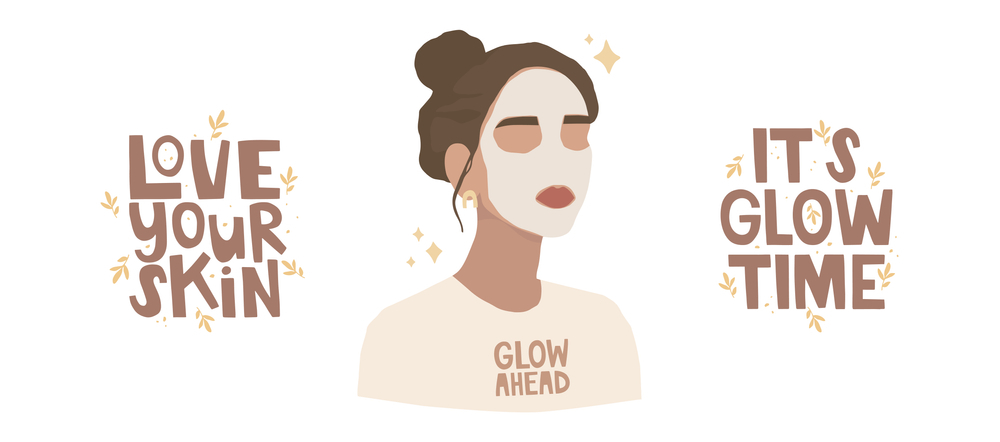- How Do Face Masks Actually Work?
- Face Mask and Routine Selection
- When and How Should You Use Face Masks?
- 10 Face Mask Errors You Might Be Making
- When Your Face Mask Is More Harmful Than Beneficial?
- The Advantages of Masking
- Face Mask Varieties
- How Frequently Should You Apply a Face Mask?
- How to Apply a Face Mask?
- Is it necessary for everyone to wear a face mask?
- 5 Good Reasons to Use a Face Mask
- You can experiment with some homemade masks.
- 2. Strawberry Face Mask
How Do Face Masks Actually Work?

Face washing, moisturizing, and makeup application Aren’t it true that skincare is simple?
There is nothing wrong with a simple skincare routine, especially if it is effective.
The “magic” of face masks is straightforward. “The ingredients in a face mask are kept in contact with your skin for a longer period of time due to the occlusion phenomenon of the mask on your skin.”
Depending on the ingredients used and the purpose of the mask, it traps moisture or ingredients in the skin and forms a film that helps to hydrate, moisturize, dry, or exfoliate the skin. As a result, face masks allow ingredients to penetrate deeper into your skin in less time.
Whether it’s salicylic acid for acne, vitamin C for fine lines, or retinoid for brightening dark spots, a face mask can provide a more concentrated dose and intensity of its ingredients than other types of applications.
Face Mask and Routine Selection
Whether you scour social media or the drug store aisles, trying to find the right face mask can be overwhelming. There are thousands of masks available, and just because your favorite Instagram model wears one doesn’t mean it will work for you.
Begin by deciding on the type of mask you want, such as:
-Hyaluronic acid-containing overnight masks that are hydrating and may contain hyaluronic acid and are ideal for mature or extremely dry skin.
-Clay, sulfur, or mud masks, which can absorb oil while also exfoliating slightly.
-Sheet masks containing antioxidants, which are hydrating and anti-inflammatory if kept in the fridge.
You’ll have to wear it for anywhere from 10 minutes to the entire night, so choose a mask that is gentle on your skin.
When and How Should You Use Face Masks?
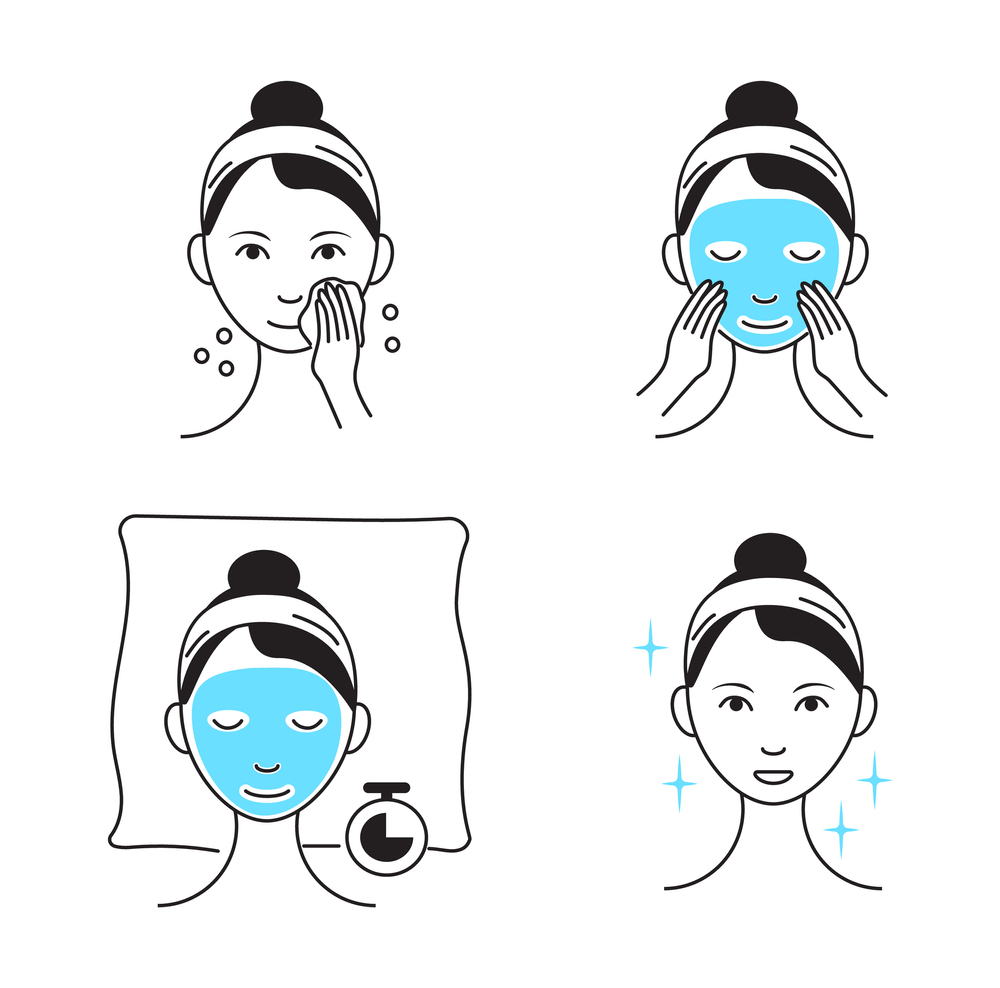
Depending on your skin concerns and the type of mask, here’s how and when to use it:
Always cleanse your skin before applying a face mask, whether it’s a clay mask, cream mask, sheet mask, peel-off mask, or any other type.
Apply the face mask after cleansing but before the rest of your skincare routine if it is supposed to be rinsed off.
If the face mask is meant to be worn overnight, use it as the final step in your nighttime skincare routine.
As previously stated, most leave-on masks are hydrating, so you may be able to skip your regular nighttime moisturizer—but if you have extremely dry skin, you should apply both the mask and your face moisturizer.
The following are the four skin issues that face sheet masks can cause:

- Pimples
If a person is prone to breakouts, wearing face sheet masks may cause an increase in breakouts. This is due to their ability to trap acne-causing bacteria and sebum on the skin, resulting in whiteheads, blackheads, and inflammatory acne.
Frictional acne can develop as a result of contact, particularly with excessive use of sheet masks, or from humidity. Changing the type of mask may help to relocate the contact point or reduce humidity. - Rosacea “The heat from a mask may cause skin capillaries to dilate, exacerbating the rosacea.” Heat and sweating can set off this skin condition, which is characterised by redness, enlarged blood vessels, and firm or fluid-filled bumps on the cheeks and chin.Because wearing a face sheet mask raises skin temperature and increases sweating, rosacea-prone skin may flare up. If possible, switch to a cooler-feeling mask and limit other sources of facial skin heating, such as hot liquids, alcohol, and spicy foods.
- Skin that is dry
Some face sheet masks can actually absorb the natural moisture on your face, causing the skin in the area to dry out. - Dermatitis is the fourth condition.
- People who use face sheet masks on a daily basis may develop a rash known as contact dermatitis. The majority of the time, it is an irritant or allergic reaction to the mask itself. The most common symptoms of contact dermatitis are an itchy rash, dry or scaly skin, bumps and blisters, swelling, and burning.
10 Face Mask Errors You Might Be Making

- YOU DO NOT TAKE YOUR SKIN TYPE OR CONCERNS INTO CONSIDERATION
2. YOU DO NOT CLEAN YOUR SKIN BEFORE USING ONE.
3. YOU SUBMIT YOUR APPLICATION WITH DIRTY HANDS
4. YOU USE EXTREMELY MUCH
5. YOU DO NOT CUSTOMIZE SHEET MASK
6. YOU ONLY USE MAKEUP DURING THE DAY
7. YOU LEAVE IT ON FOR AN EXTREMELY LONG TIME
8. YOU FORGET TO MOISTURIZE AFTER WORKOUTS
9. YOU FORGET TO USE THEM ON A REGULAR BASIS.
10. HAVE YOU TRIED MULTI-MASKING?
When you’ve found a mask that works for you, incorporate it into your skincare routine. “Masks should be applied after serum but before moisturizer, or nighttime masks should be applied instead of your nighttime moisturizer.”
Face masks can be tempting, but don’t overdo them. To avoid irritation, they should only be used once a week at most.
When Your Face Mask Is More Harmful Than Beneficial?
A face mask may be a great way to give your skin a boost, but what if it actually harms your skin? The first thing to keep in mind is that more ingredients do not always equal a better product.
“In fact, the longer the list of ingredients, the more likely something will irritate your skin.“
As with any aspect of your skincare routine, be on the lookout for red flags that a face mask is irritating your skin. Among the warning signs are:
-Breakthroughs (development of acne)
-Redness or burning sensation when removing the mask -Pain when removing the mask -Hives -Dry or peeling skin
If you are unsure about a face mask, test it on a small area of your skin before applying it to your entire face. And don’t forget about your most important resource when it comes to skin health: your doctor.
The Advantages of Masking
-Refines large pores -Improves skin texture -Absorbs excess oil and dirt -Decongests clogged pores -Minimizes the appearance of fine lines and wrinkles
-Increases elasticity -Improves the appearance of breakouts -Brightens dark spots
Here’s a quick cheat sheet about the various types of face masks on the market to help you find your “mask match.”
Face Mask Varieties
With so many options available, how do you pick the best face mask for you? Here’s what you should know about each one.
1. Cream
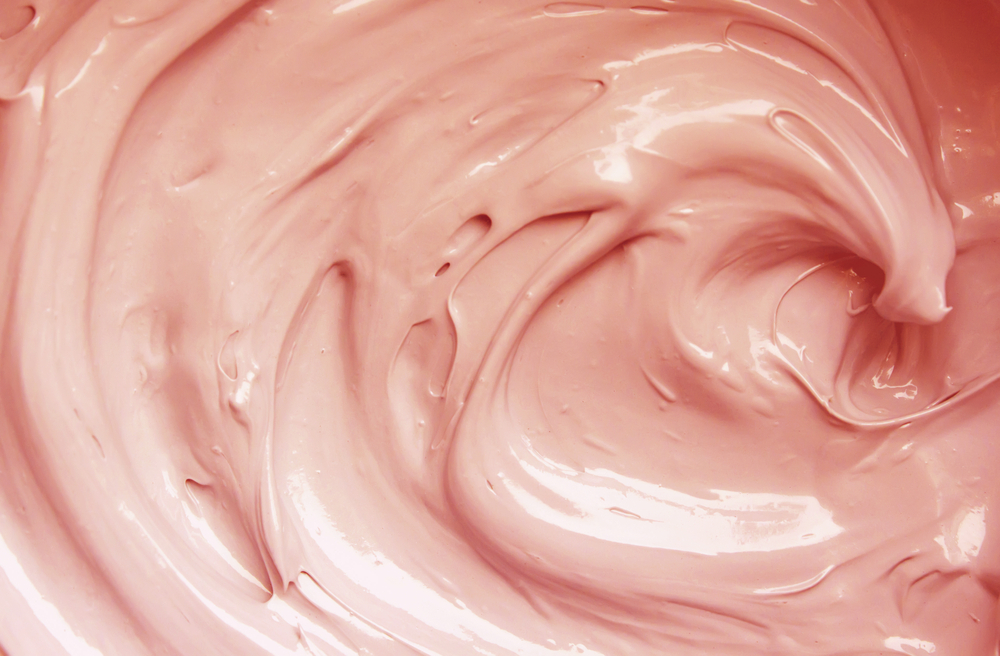
Consider the texture of a rich moisturizer when describing the feel of a cream-based mask. Our Coconut Cream Masque is ideal for dry, dehydrated, or aging skin, whereas our Clear Skin Probiotic Masque is ideal for acne-prone and oily skin.
These face masks work wonders for replenishing moisture and nutrients to the skin, assisting in the maintenance of a plump and youthful appearance.
2. Gel

Gel masks, on the other hand, have a jam or jelly consistency. They are an excellent choice for oily to normal skin types due to their lightweight texture.
Many gel masks contain astringent ingredients like raspberries and blackberries, which help to reduce oil and tighten pores. Others are formulated with hydrating ingredients such as stonecrop and honey to restore the appearance of dry and dehydrated skin.
3. Clay
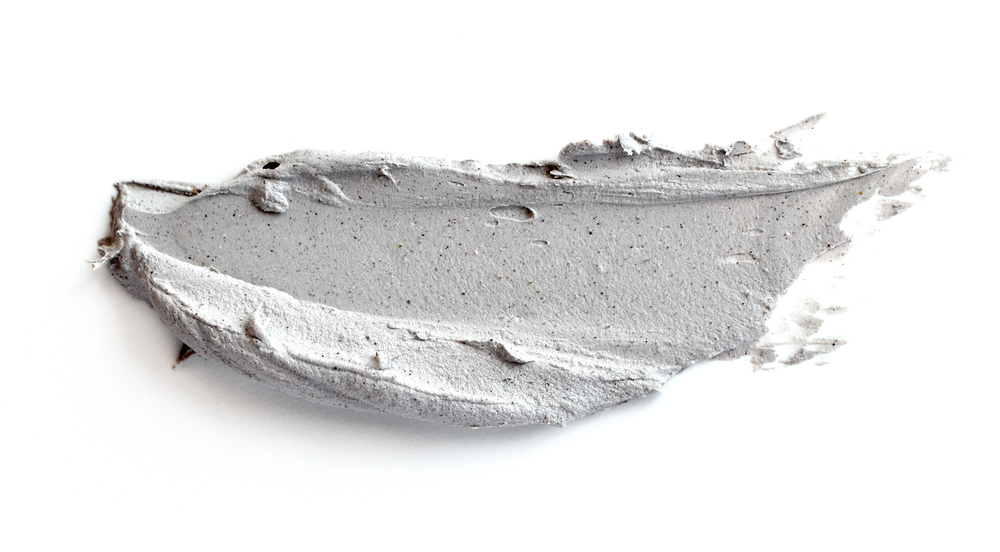
Clay, with its absorbent, exfoliating, and astringent properties, treats acne-related skin conditions such as excess oil and inflammation.
4. Exfoliating

Exfoliating masks are designed to remove dead skin cells while also promoting your skin’s natural turnover process. This type of face mask could be a chemical peel that uses alpha or beta hydroxy acids to dissolve dead skin cells and remove them from the skin’s surface.
5. Warming
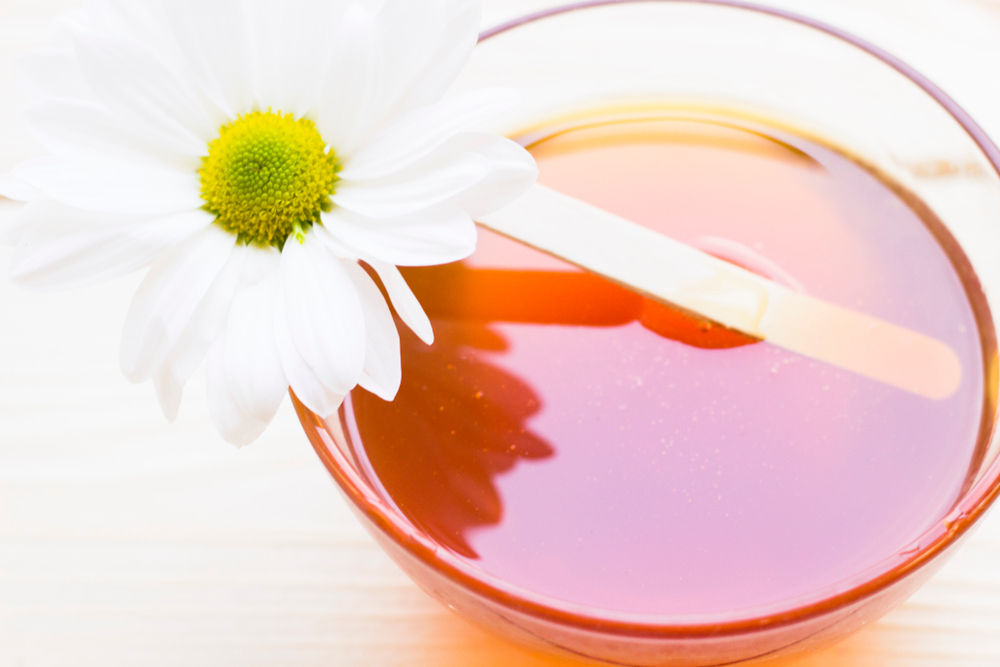
Warming masks contain active spices such as paprika and cinnamon, which warm the skin. They purposefully cause a tingling sensation, and the skin may turn bright red in some cases. The immediate effects last between 20 and 60 minutes before revealing a healthy, glowing complexion.
These masks, however, are not for everyone: if you have sensitive skin, you should opt for a cream or gel-based mask that will not aggravate your symptoms.
How Frequently Should You Apply a Face Mask?
How often should you use a face mask now that you’ve learned the fundamentals? We recommend using a face mask once or twice a week as part of your skincare routine. After cleansing, toning and applying a facial essence, apply a mask.
These steps remove impurities and excess oil from your skin, provide a base layer of hydration, and prepare your skin to absorb the benefits of your face mask more effectively.
When you’re ready, use these skincare tips to properly apply a face mask:
How to Apply a Face Mask?
- Evenly apply the mask
It may be tempting to apply an inch-thick layer of product, but more isn’t always better. A quarter-sized amount is sufficient to achieve the desired results. Use facial massage techniques to boost the effectiveness of this part of your routine! - Don’t Forget About Your Neck & Décolleté
That quarter-sized amount will cover your neck and décolletage as well. Because of their exposure to environmental stress, these areas show visible signs of ageing much earlier than the face — and they are easily overlooked in a skin care routine. Pay special attention to these areas by including them in your face mask application. - Turn on for 5 to 10 minutes.
Most masks can be worn for five to fifteen minutes, but this varies depending on the mask. Some face masks work quickly and can be removed quickly, while others can be left on overnight to deeply hydrate your skin while you sleep. We always recommend reading the label directions for your specific product so you know exactly what to do. - Gently remove Using A Damp Cloth
Don’t scrub away the benefits of your face mask too vigorously. Instead, be gentle with your skin. Gently remove the mask from your face with lukewarm water. If you use a washcloth, make sure it’s clean and made of soft fibres that won’t irritate your skin.
Is it necessary for everyone to wear a face mask?
Absolutely. Face masks are the ideal skincare treatment for addressing your skincare issues. A good face mask can hydrate your skin, remove excess oils, and improve the appearance of your pores. They’re also a great way to get rid of impurities. Another advantage of wearing a face mask is the sensation of being pampered as if you were at a spa.
Every healthy skincare regimen includes products for daily and weekly use. Depending on your skin and skincare concerns, you can use a face mask once a week or more frequently. The use of a mask can benefit both men and women, and here’s why.
5 Good Reasons to Use a Face Mask
-Relaxation
-Deep cleansing
-Unclogging pores
-Glowing skin
-Improves your overall regimen
You can experiment with some homemade masks.
1. Avocado Mask for the Face
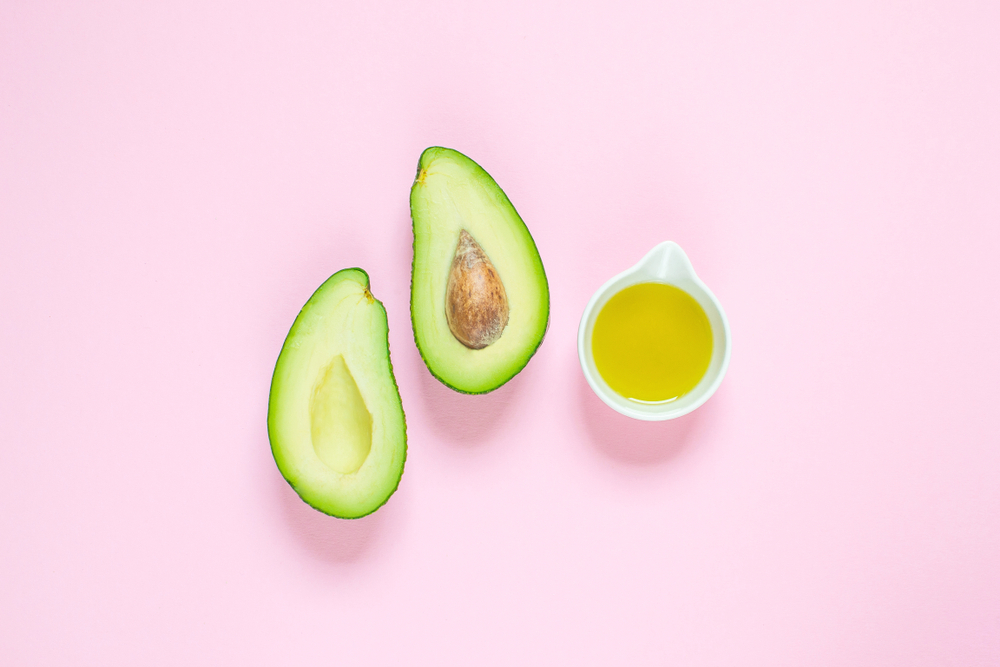
Avocado is a well-known superfood for the skin. Did you know it can also be used to perform facials? Use avocado’s vitamins and protein to moisturize your skin.
-Ingredients:
1 Avocado, ripe
room temperature 1 egg white
1 teaspoon lemon juice
-Directions:
- Peel and mash the avocado until there are no chunks.
- In a mixing bowl, combine the avocado, egg whites, and lemon juice.
- Apply to the face and leave on for 30 minutes.
- Rinse thoroughly.
2. Strawberry Face Mask
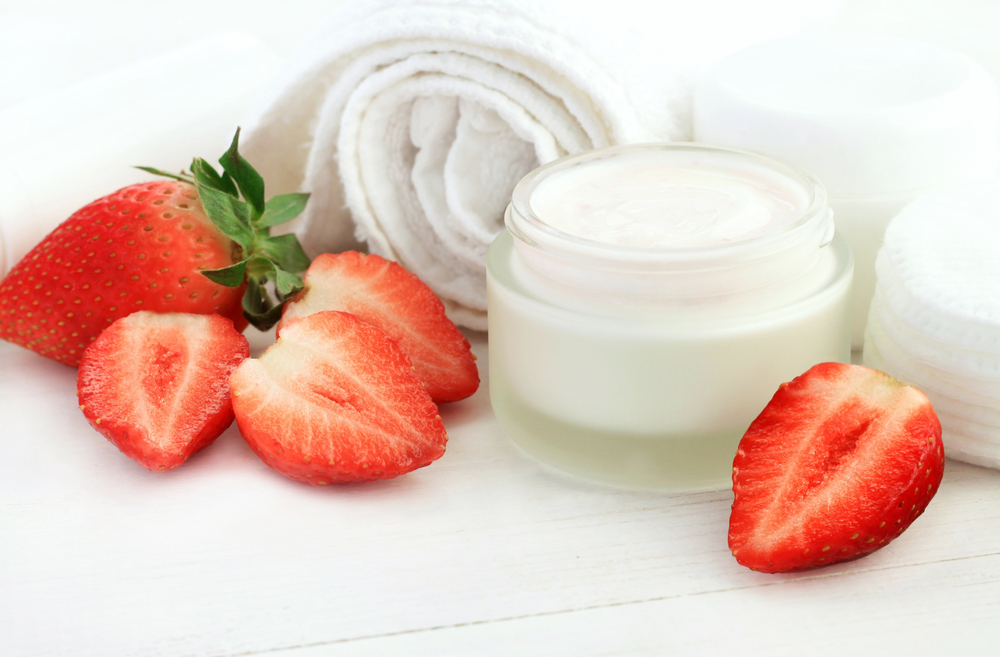
Strawberries are high in vitamin C and alpha-hydroxy acids, which aid in exfoliation. For beautifully smooth skin, try this face mask.
-Ingredients:
10 Strawberries, fresh
1/4 cup pollen from bees (sold at health-food stores)
3 tbsp. unrefined honey (health-food stores)
One tbsp. Mayonnaise (olive oil)
A few drops of essential lavender oil
-Directions:
- Combine all of the ingredients in a mixing bowl.
- Apply to the face, being careful not to get it in the eyes.
- Set aside for 20 minutes.
- Rinse thoroughly.
3. Face Mask with Honey
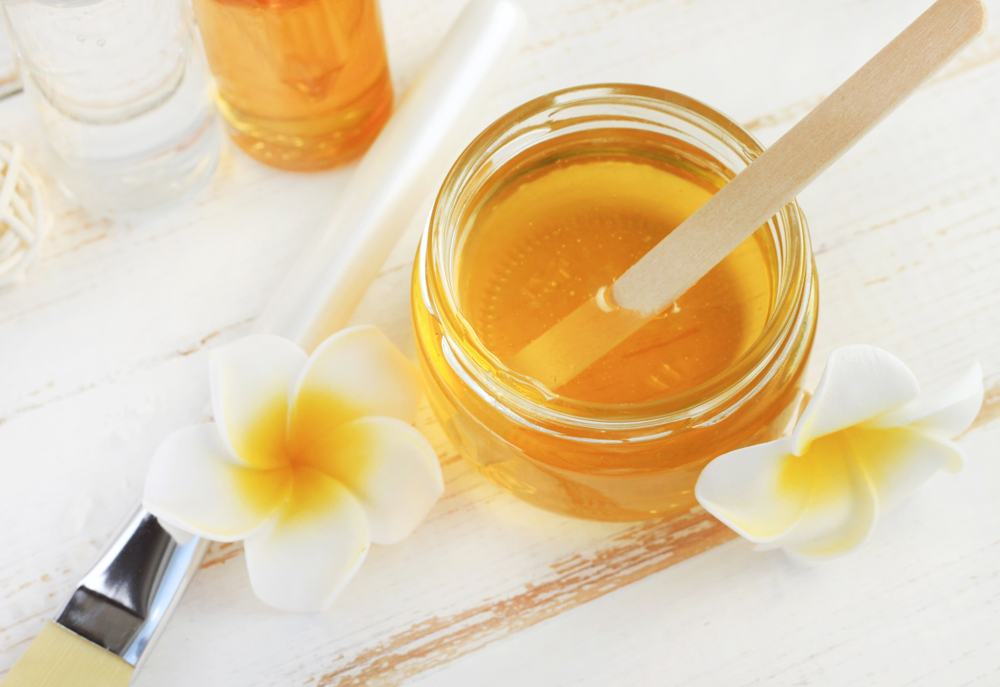
This face mask is especially beneficial for scars and dark spots. It’s also very simple to make.
-Ingredients:
2 tbsp. raw honey
1 tsp lemon juice
-Directions:
- Combine the lemon juice and honey in a mixing bowl.
- Dab the mixture on your face.
- Set aside for 20-30 minutes.
- Rinse thoroughly.
Because lemon juice is a relatively strong ingredient, it’s best to limit your use of this mask to 1-2 times per week.
4. Cucumber and Tomato Face Mask
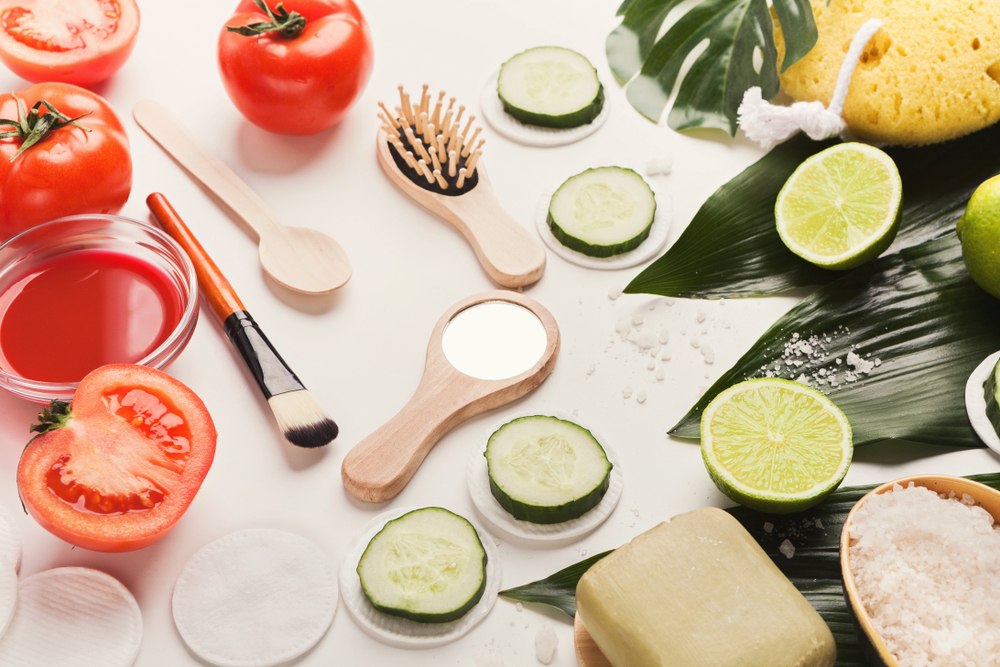
Tomatoes and cucumbers are both natural astringents that help to tighten pores. This simple mask will revitalize your skin.
-Ingredients:
1 tomato, ripe
14 cup cucumber
-Directions:
- Wash and peel a quarter cucumber.
- Puree it with 1/2 tomato to a fine pulp.
- Gently massage the mixture into your skin in a circular motion.
- Set aside for 15 minutes.
- Rinse thoroughly.
5. Banana Facial Mask
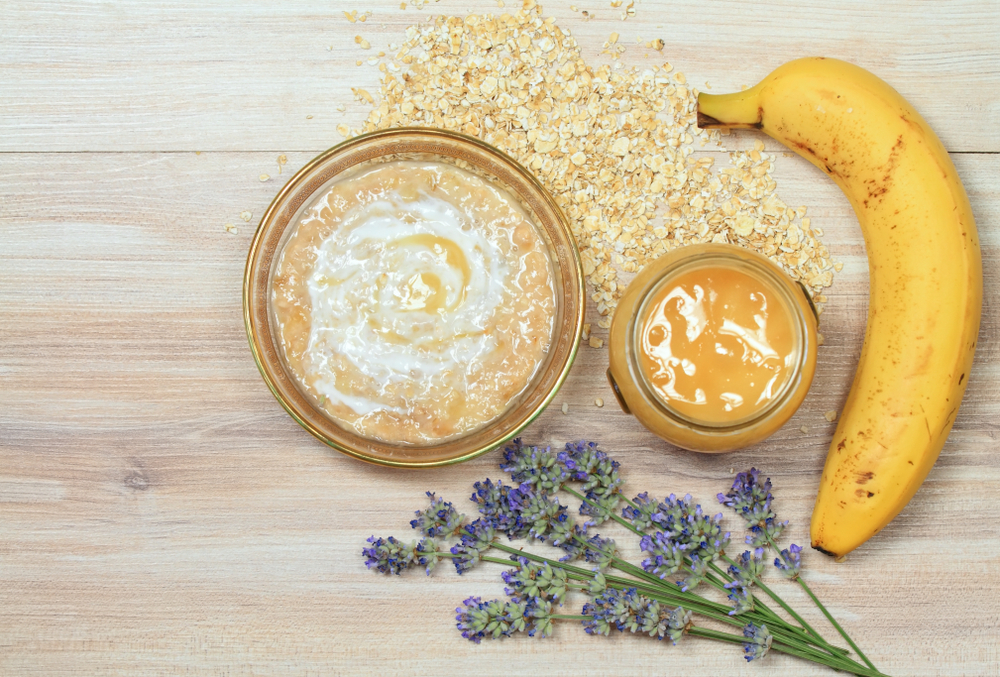
Bananas are high in nutrients that are beneficial to the skin. Why not use this simple face mask to hydrate your skin?
-Ingredients:
a few ripe banana slices
1 tbsp thick yogurt 1/2 tbsp fresh lemon juice
-Directions:
- Peel and mash a ripe banana with a spoon.
- Combine all of the ingredients and apply to a clean face.
- Set aside for 25-30 minutes.
- Massage gently into skin for 2-3 minutes.
- rinsing
6. Face Mask with Almond Oil and Aloe Vera
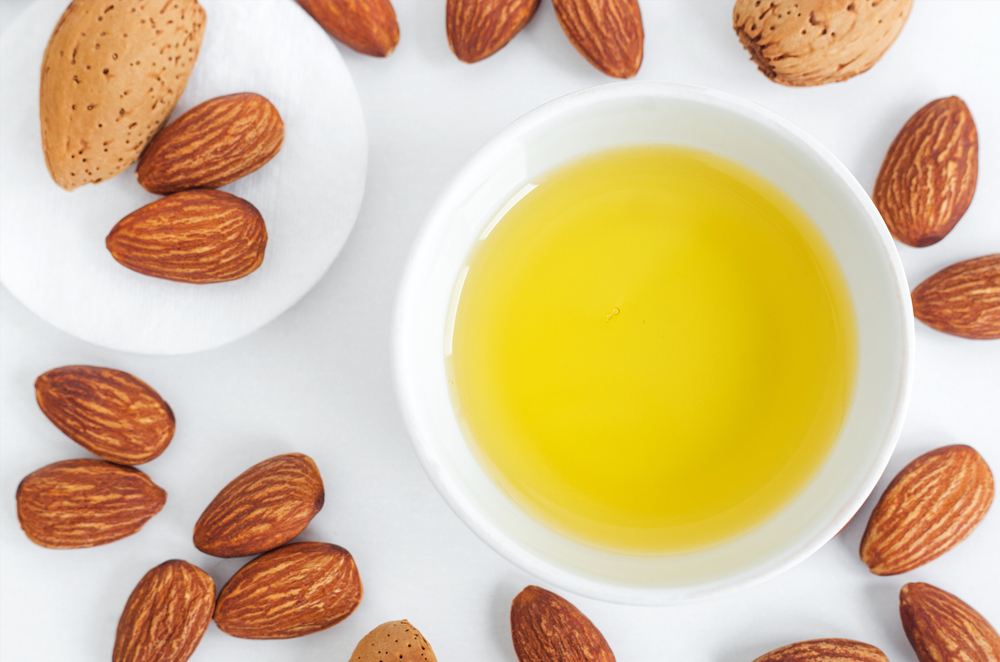
This mask is excellent for treating dry, flaky skin while also moisturizing and hydrating it.
-Ingredients:
Banana Aloe Vera Gel Almond Oil
-Directions:
- Mash a banana with a fork in a mixing bowl.
- Stir in 2 tbsp aloe vera gel.
- Stir until all of the ingredients are combined.
- Add 3 teaspoons of almond oil.
- Thoroughly combine.
- Apply to freshly cleansed skin.
- Set aside for 15 minutes.
- Rinse
7. Face Mask with Coffee and Turmeric
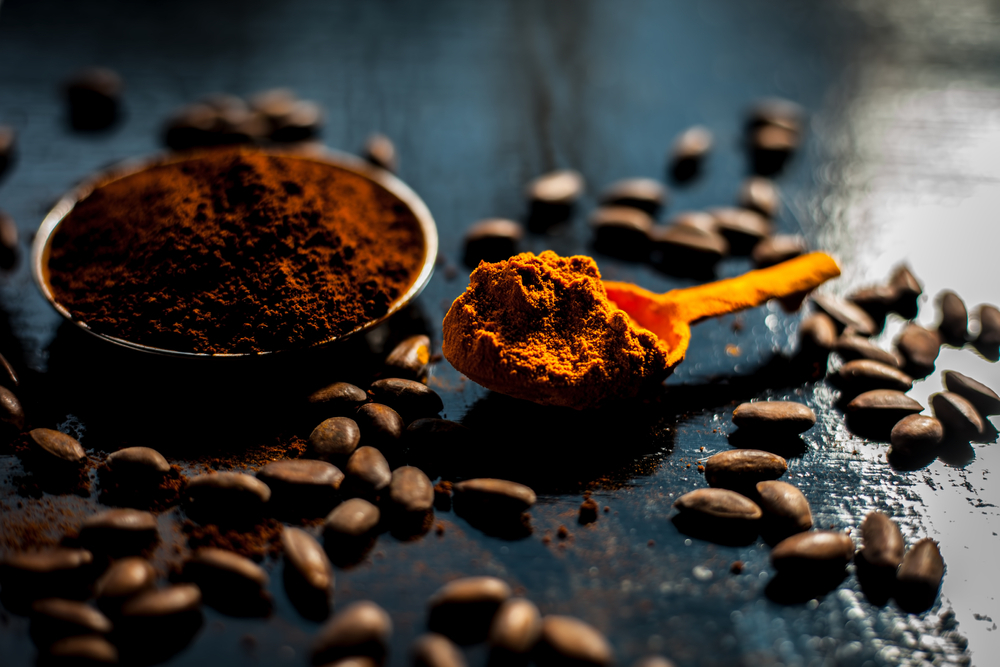
Caffeine and antioxidants are the main benefits of this mask. Caffeine reduces inflammation, including puffy eyes, and antioxidants promote skin radiance.
-Ingredients:
1 tbsp coffee, instant or ground
One tbsp. powdered turmeric
1 tbsp. Greek yogurt
-Directions:
- Combine all of the ingredients.
- Apply to the entire face, including the area around the eyes.
- Set aside for 20 minutes.
- Wipe away with a warm, damp towel.
8.Face Mask Made of Egg Whites
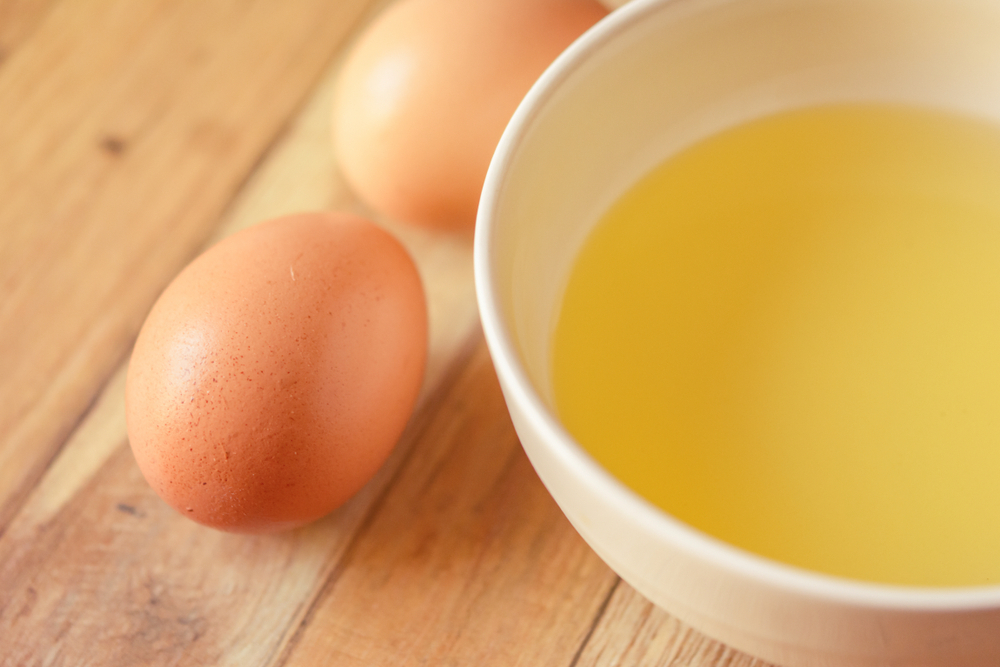
A simple but effective mask for shrinking pores and preventing breakouts.
-Ingredients:
1 egg (organic)
-Directions:
- Wash your face with warm water to allow your pores to open.
- Crack the egg, separating the white from the yolk with the shell (passing yolk back and forth into shell halves).
- Apply the egg white to your face with clean hands, being careful not to get any in your eyes or mouth.
- Set aside for 15 minutes.
- Rinse thoroughly with warm water.
9. Chocolate Mask
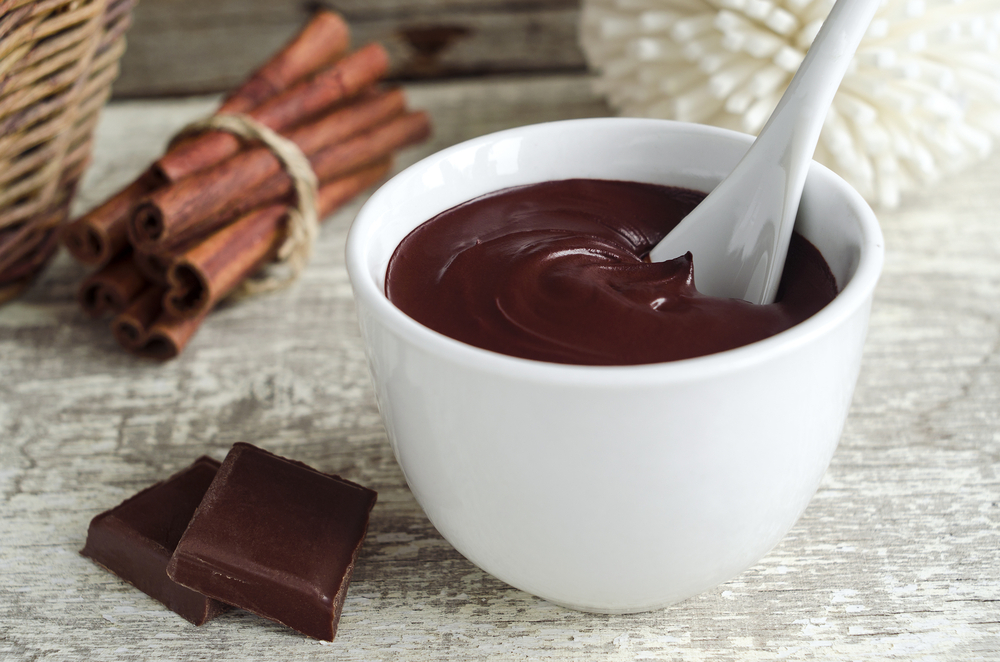
Dark chocolate can improve your mood and provide an antioxidant boost. Take advantage of this anti-aging mask.
-Ingredients:
14 cup cocoa powder
3 Tablespoons Oatmeal
4 tbsp cream
Honey, 1/4 cup
-Directions:
- Thoroughly combine all of the ingredients.
- Apply a light layer to your face.
- Set aside for 10 minutes.
- Rinse thoroughly.
10. Face Mask Made of Oatmeal
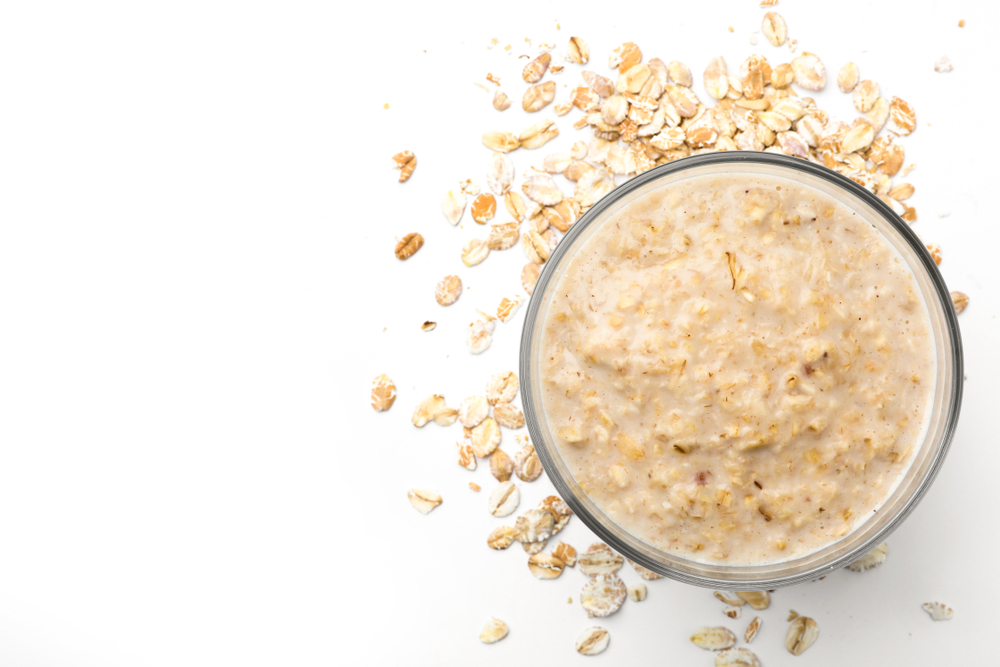
Use this mask to hydrate and soothe your skin.
-Ingredients:
3 tbsp. oats or oatmeal
1 tsp Almond, Hemp, or Plain Milk (warmed slightly)
1 tsp Rose Water 1 tsp Plain or Coconut Yogurt
-Directions:
- Combine the oats or oatmeal and the slightly warmed milk in a blender.
- Stir the mixture until it forms a thick paste.
- Combine the rose water and yoghurt in a mixing bowl.
- Apply to damp, clean skin.
- Set aside for 15 to 30 minutes.
- Rinse thoroughly.
If they haven’t already, everyone should incorporate masking into their skincare routine. Your skin will undergo a noticeable transformation that you can see and feel in just a few (relaxing) minutes per day. You might look silly doing it, but that just adds to the fun.
“Face masks aren’t magical. Healthy skin is much more dependent on how you care for it on a daily basis, such as sticking to a good cleansing routine and staying hydrated.”
Also Read: How to Sleep comfortably After Overeating? – V Cure (vcurehealthcare.com)

